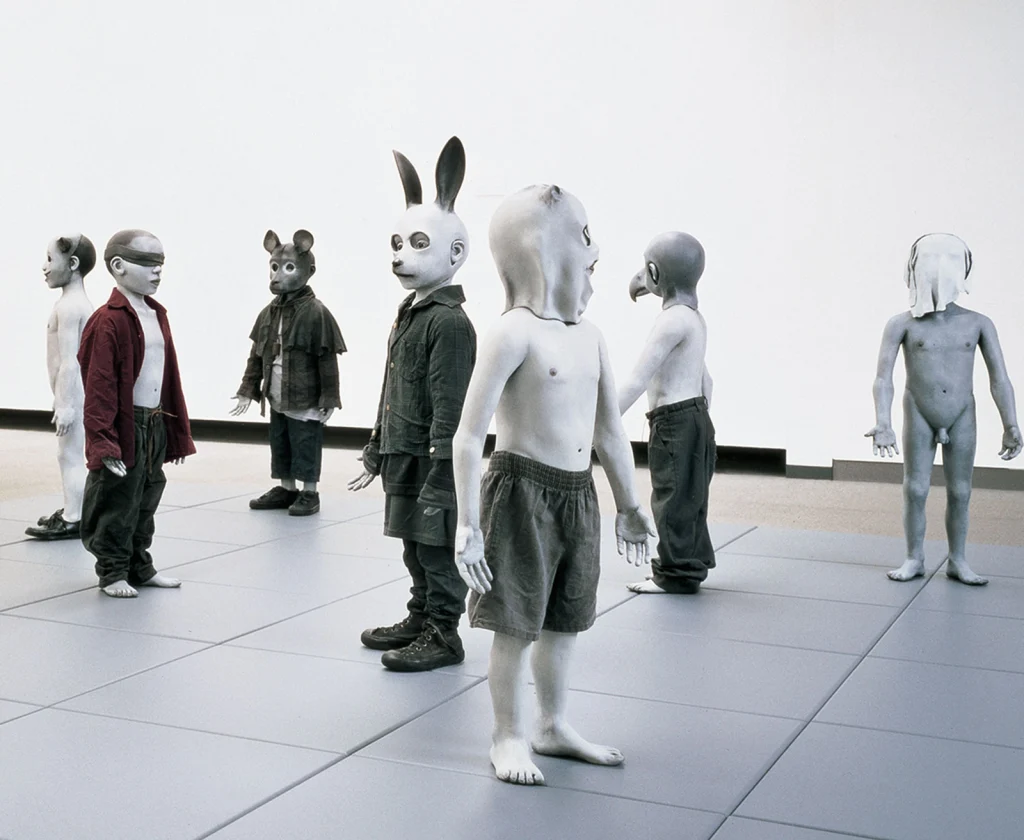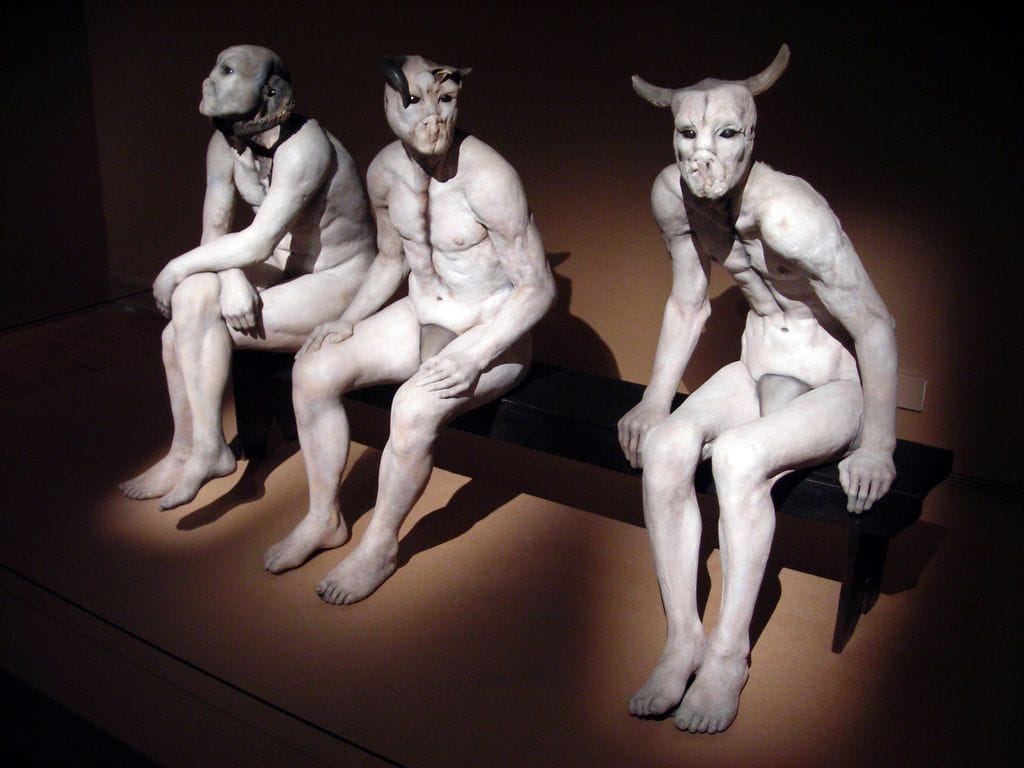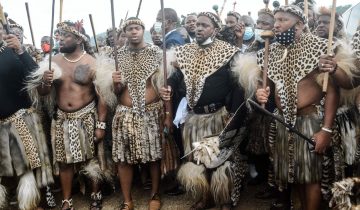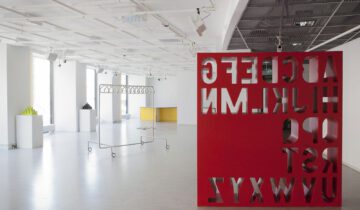Transforming Public Spaces: African Artists and Public Art
Ah, public art! That curious cultural phenomenon that can be either a bane or a boon to the urban landscape. As diverse as the societies that create it, public art has the power to uplift and inspire, or to provoke and infuriate. In this journal, we shall embark on a captivating journey to explore the transformative impact of African artists on public art.
As we set off on this adventure, allow me to briefly elucidate the significance of public art in society. Public art encompasses a wide range of creative expressions displayed in public spaces for everyone to enjoy. It can bridge the gap between the artist and the general public, enriching the cultural fabric of our cities and towns. Moreover, African artists have played a pivotal role in transforming public spaces through their unique artistic creations.
The purpose of this journal is threefold: to analyze the impact of African artists on public art; to explore different forms of public art created by African artists; and to discuss the future of public art in Africa. So, without further ado, let us venture forth into the rich and vibrant world of African public art.
A. The history of public art in Africa
As we delve into the history of public art in Africa, we shall encounter traditional forms of public art that predate the colonial era. These ancient expressions of artistry include monumental rock paintings, intricately carved wood and stone sculptures, and bold, colorful textiles. Sadly, the colonial period disrupted and suppressed many of these indigenous art forms, as the colonizers sought to impose their own cultural values and aesthetics upon their African subjects.
However, like the mythical phoenix, contemporary African public art has risen from the ashes of colonialism. Over the past few decades, African artists have reclaimed their artistic heritage and fused it with modern ideas and techniques, creating a new wave of public art that is uniquely African and deeply rooted in the continent’s rich history.
B. Notable African artists and their public art projects
As we survey the contemporary African public art scene, several outstanding artists come to the fore. Among them are El Anatsui, Yinka Shonibare, Jane Alexander, and Nástio Mosquito, each of whom has made a lasting impact on the world of public art.
1. El Anatsui
El Anatsui, a Ghanaian artist, has garnered international acclaim for his large-scale, shimmering sculptures made from discarded aluminum bottle caps and copper wire. His transformative works, such as “Gli (Wall)” at the Royal Academy of Arts in London, highlight the issue of environmental waste while simultaneously celebrating the beauty that can be found in discarded materials.
2. Yinka Shonibare
Yinka Shonibare, a British-Nigerian artist, is renowned for his thought-provoking installations that explore themes of cultural identity, colonialism, and globalization. In 2010, Shonibare’s “Nelson’s Ship in a Bottle” was unveiled on the Fourth Plinth in London’s Trafalgar Square. This striking piece features a scaled-down replica of Admiral Lord Nelson’s ship, the HMS Victory, with sails made from African wax-print fabric. The installation serves as a powerful commentary on the complex relationship between Britain and its former African colonies.
3. Jane Alexander
South African artist Jane Alexander is known for her haunting, life-sized sculptures that address social and political issues. Her most famous work, “The Butcher Boys,” consists of three humanoid figures with grotesque, animal-like features, seated on a bench. This chilling piece, displayed at the South African National Gallery, serves as a stark reminder of the brutality and dehumanization that characterized the apartheid era.

4. Nástio Mosquito
Angolan artist Nástio Mosquito is a multi-talented creative force, engaging in performance art, video installations, and sound art. His provocative public art projects, such as “Iseeyou” in the United Kingdom, challenge viewers to confront their own prejudices and preconceived notions about African culture and identity. Through his art, Mosquito encourages open dialogue and reflection on the complexities of the human experience.
5. Chéri Samba
Chéri Samba, a Congolese painter, is renowned for his captivating, brightly colored paintings that often feature text and speech bubbles, inviting the viewer into a dialogue with the artwork. His paintings, which often critique social and political issues, have been exhibited on billboards and murals in public spaces, particularly in his home city of Kinshasa.
6. Ibrahim Mahama
Ibrahim Mahama, a Ghanaian artist, is known for his large-scale installations made from repurposed jute sacks, which were once used to transport cocoa beans and other commodities. Mahama’s installations, such as “Out of Bounds” at the 56th Venice Biennale, highlight themes of trade, labor, and global economic inequality while transforming public spaces with their striking presence.
7. Pascale Marthine Tayou
Cameroonian artist Pascale Marthine Tayou is celebrated for his diverse and eclectic public art installations, which often incorporate found materials and address issues of migration, consumerism, and globalization. One of his notable public art projects is “Plastic Tree,” a series of sculptures made from plastic bags and displayed in various cities around the world. These installations draw attention to the issue of plastic pollution and its impact on the environment.
8. Mary Sibande
South African artist Mary Sibande is acclaimed for her life-sized sculptures and installations that explore themes of race, gender, and identity. Sibande’s most famous work, “The Purple Shall Govern,” features a large-scale sculpture of a female figure dressed in a purple Victorian gown, a reference to the women’s suffrage movement and the 1989 anti-apartheid protest known as the Purple Rain Protest. This powerful piece, displayed in public spaces across South Africa, serves as a visual reminder of the struggle for freedom and equality in the country’s history.
C. Different forms of public art by African artists
African public art encompasses a vast array of artistic expressions, from monumental sculptures to vibrant murals, and from environmental installations to immersive performance pieces.
1. Sculpture and installation
Sculpture and installation art have long been integral components of African public art. Artists like Sokari Douglas Camp, who created the striking “All the World is Now Richer” in London, use traditional materials and techniques to create thought-provoking installations that engage with pressing social issues.
2. Murals and street art
Murals and street art have experienced a renaissance in recent years, with African cities like Cape Town, Johannesburg, and Lagos becoming renowned for their vibrant, large-scale artworks. South African street artist Faith47, for example, has created breathtaking murals around the world, addressing themes of social justice, inequality, and the human condition.
3. Land art and environmental art
African artists have also turned to land art and environmental art as a means of engaging with their surroundings and commenting on the natural world. One noteworthy example is the work of Nigerian artist and architect Demas Nwoko, who created the “New Culture Studios” in the Nigerian city of Ibadan. This innovative project incorporates indigenous building materials and sustainable design principles to create a harmonious relationship between the built environment and the natural landscape.
4. Performance art and interactive art
Performance art and interactive art offer African artists an opportunity to engage directly with their audiences, fostering a sense of community and shared experience. Kenyan artist Wangechi Mutu, for instance, uses performance art to explore themes of gender, race, and identity, often incorporating elaborate costumes and live music to create immersive, multi-sensory experiences.
D. The impact of African public art on society and urban spaces
As we have seen, African public art has the power to transform urban spaces and foster positive social change. Here are a few examples of the manifold ways in which African public art impacts society:
1. Encouraging cultural dialogue and understanding
African public art can serve as a bridge between diverse cultures and communities, fostering dialogue and mutual understanding. By incorporating elements of traditional African art forms into their contemporary creations, artists like Yinka Shonibare and El Anatsui challenge viewers to reassess their preconceptions and engage with African culture on a deeper level.
2. Fostering community engagement and social cohesion
Public art projects often involve collaboration between artists, local residents, and community organizations, creating a sense of shared ownership and pride in the finished artwork. This collaborative process can strengthen social bonds and foster a sense of unity within communities. One notable example is the “Talking Walls of Lagos” project, which saw local and international artists working together to create vibrant murals across the Nigerian city.
3. Improving the aesthetic and visual appeal of public spaces
African public art can greatly enhance the visual appeal of urban environments, turning drab and neglected spaces into vibrant, inspiring locales. The transformation of Johannesburg’s Maboneng Precinct from a derelict industrial area into a thriving arts and culture hub, adorned with eye-catching murals and installations, is a testament to the power of public art to revitalize urban spaces.
4. Addressing social and political issues through public art
African public art often tackles pressing social and political issues, encouraging public discourse and raising awareness about topics such as inequality, environmental conservation, and cultural identity. Jane Alexander’s “The Butcher Boys” and Faith47’s powerful murals are prime examples of how African artists use public art as a platform for engaging with important societal concerns.
E. Challenges and opportunities for African public art
As we contemplate the future of African public art, it is important to acknowledge the challenges and opportunities that lie ahead.
1. Funding and support for public art projects
Securing adequate funding and support for public art projects is an ongoing challenge for African artists. While some artists have been successful in obtaining grants and sponsorships, there is a need for increased investment in public art initiatives from both the public and private sectors.
2. Balancing tradition and innovation in African public art
African public art must strike a delicate balance between honoring traditional art forms and embracing innovation. By incorporating new materials, techniques, and technologies into their work, African artists can create cutting-edge public art that resonates with contemporary audiences while remaining true to their cultural roots.
3. Encouraging collaborations between artists and urban planners
In order to maximize the transformative potential of public art, there is a need for increased collaboration between artists, urban planners, and local authorities. By working together, these stakeholders can create public art projects that not only enhance the aesthetic appeal of urban spaces but also address pressing social and environmental issues.
4. Harnessing technology to enhance public art experiences
The integration of digital technology into public art projects offers exciting opportunities for African artists to create immersive, interactive experiences that engage audiences in new and innovative ways. Virtual and augmented reality technologies, for example, can be used to enhance the viewer’s experience of public art, creating a truly immersive and engaging encounter with the artwork.
A. Recap of the main points
In this captivating journey through the world of African public art, we have explored the history and evolution of public art on the continent, examined the work of notable African artists and their public art projects, and considered the various forms of public art created by African artists. Furthermore, we have delved into the impact of African public art on society and urban spaces and contemplated the challenges and opportunities that lie ahead.
B. The future of African public art
Looking to the future, African public art has the potential to play a significant role in the global art discourse. As African artists continue to push the boundaries of public art, they will inspire future generations and contribute to the development of a truly global artistic language.
C. Final thoughts
As we conclude this exhilarating exploration of African public art, let us remember the importance of celebrating and supporting the work of African artists. Their transformative creations have the power to change not only our urban landscapes but also our hearts and minds, fostering a deeper understanding of our shared humanity and the world in which we live.





 No products in the basket.
No products in the basket.